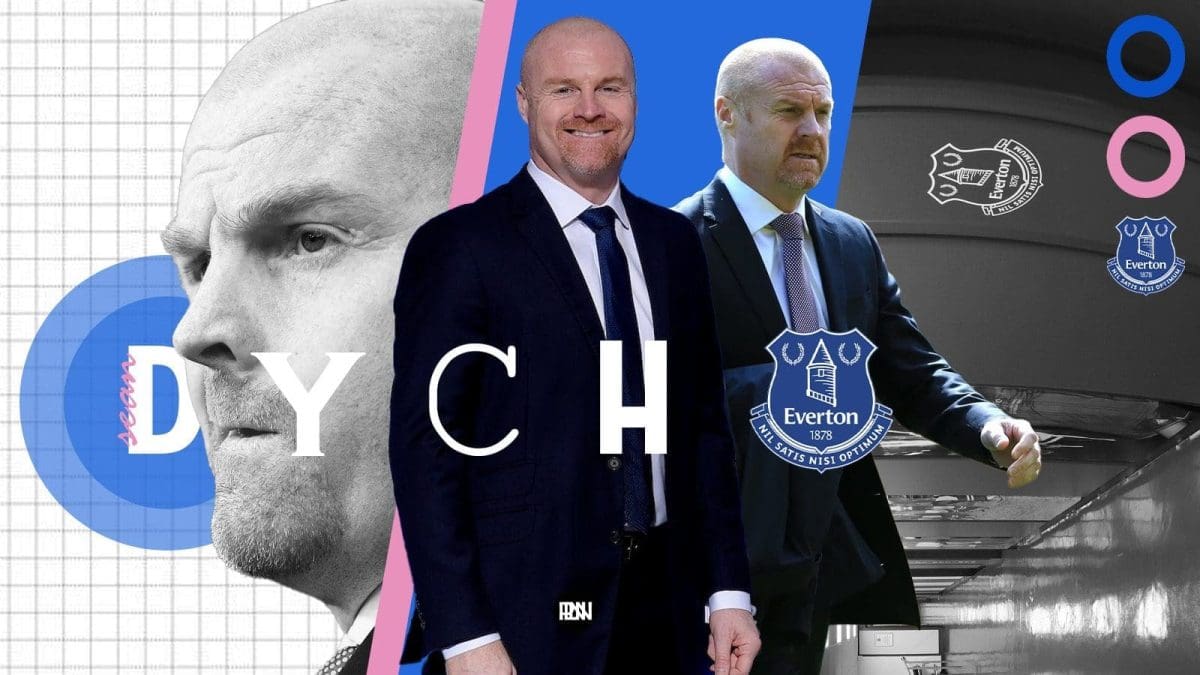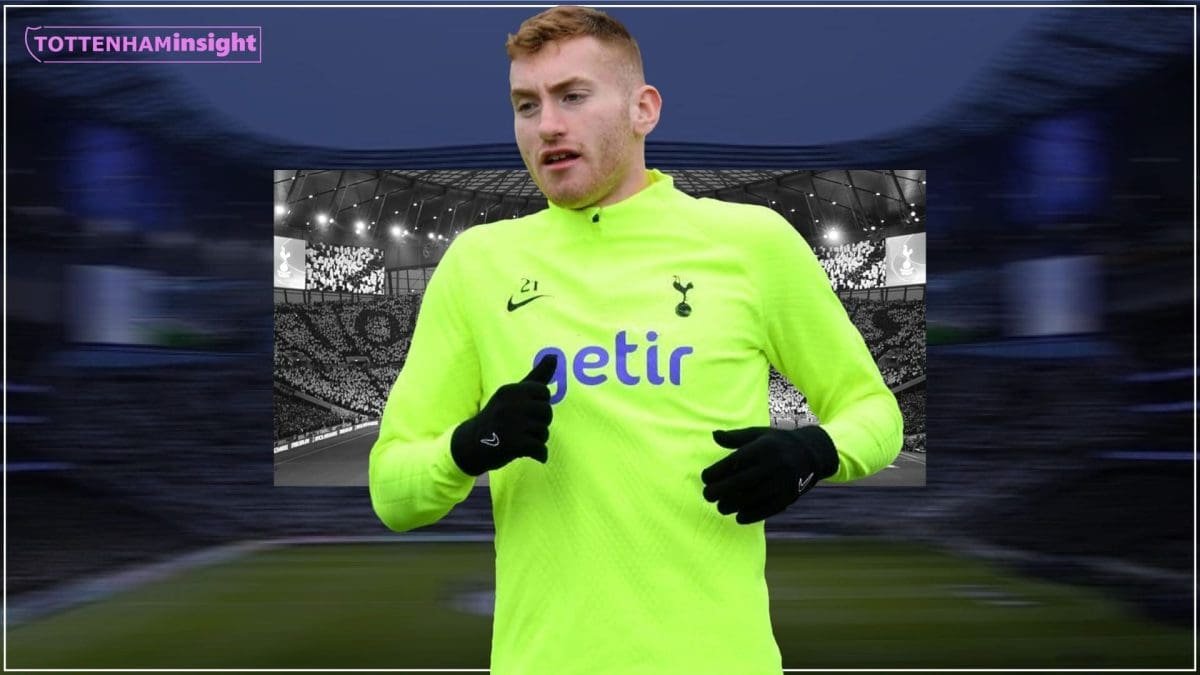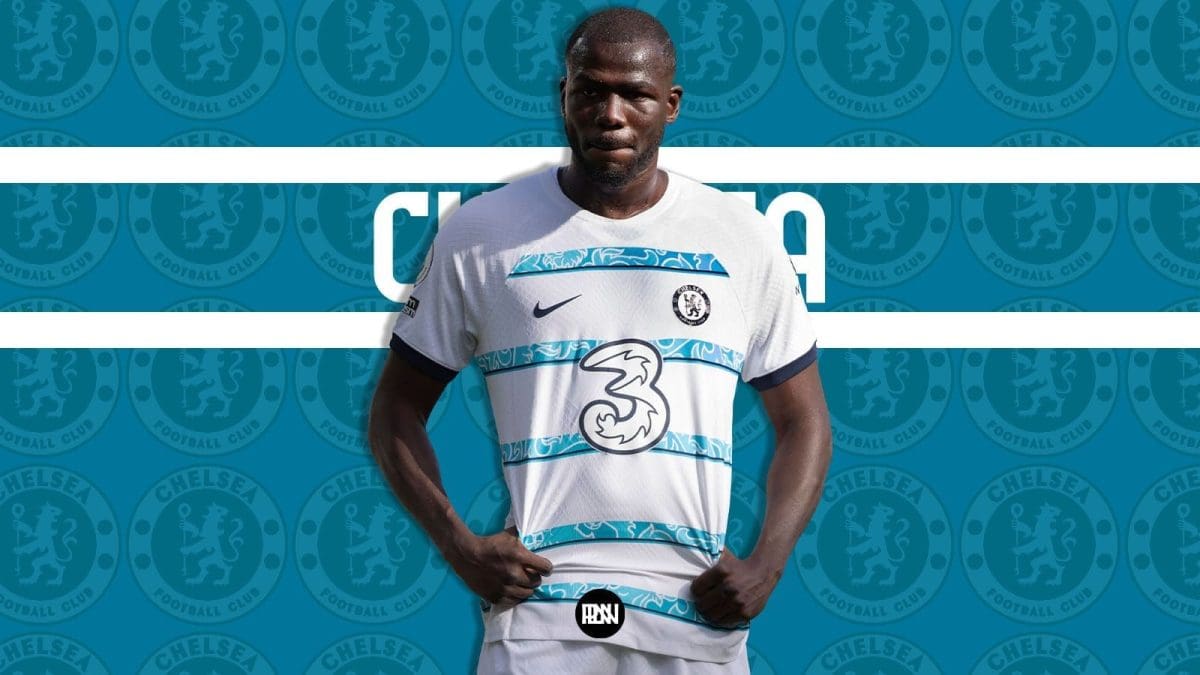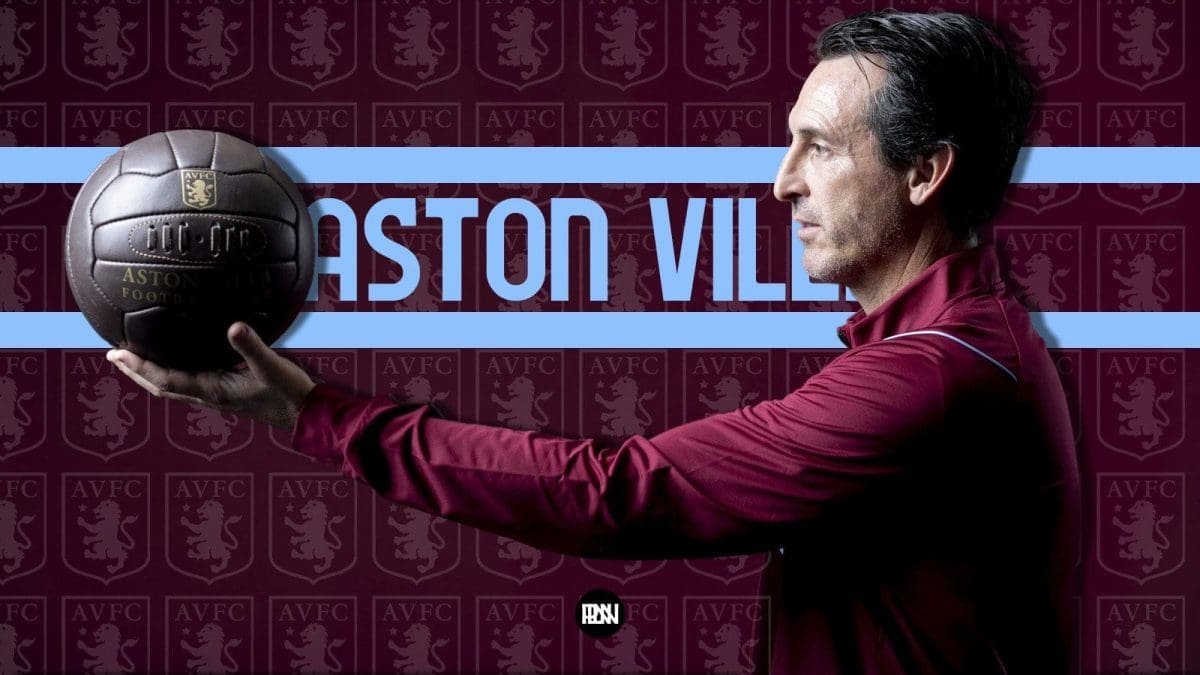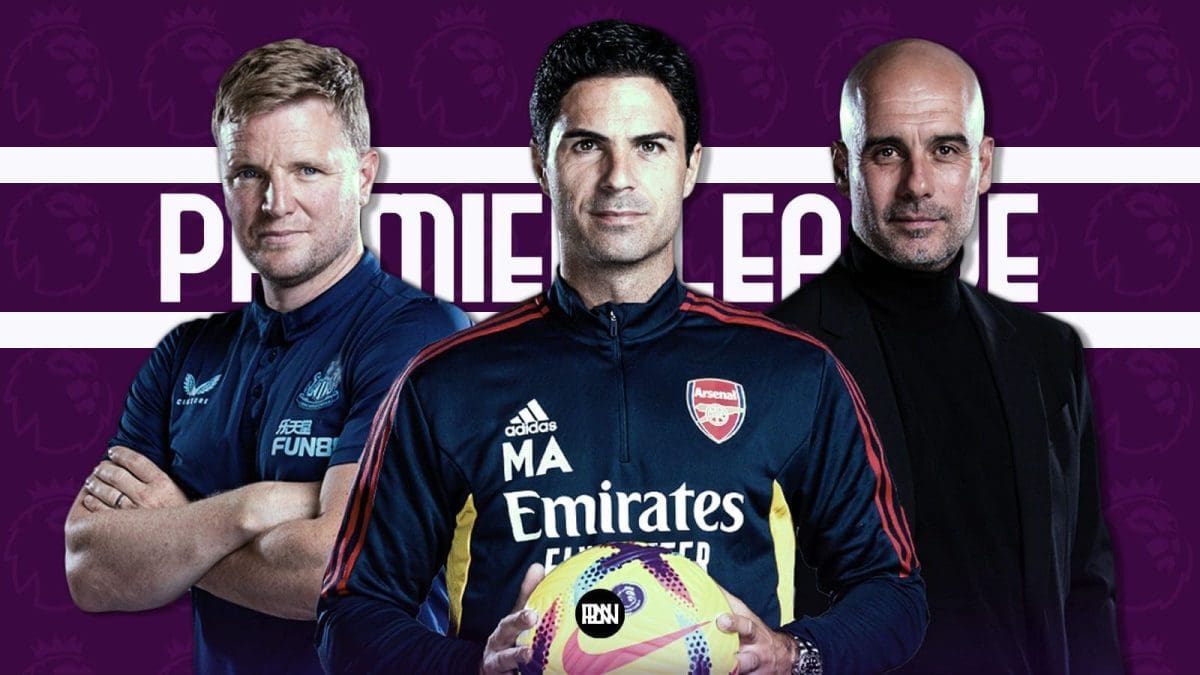In the realm where football’s essence blooms, where strategies weave and talents consume, A figure emerges with a flery touch, Sean Dyche, the guardian, with passion as such.
Few managers possess the astute brilliance and strategic acumen displayed by Sean Dyche. Leading Burnley and now Everton with unwavering determination, Dyche has etched his name as a true mastermind of the game. Let us delve into the core elements of his tactical prowess.
Formation
Sean Dyche is known for his pragmatic 4-4-2 formation, despite his reputation for playing boring football, might actually be a good fit for teams who struggle with defending and often left vulnerable to counterattacks. Dyche’s preference for a 4-4-2 block formation forces opponents to play wide, which in turn creates opportunities for counterattacks through the use of wing play. The coach maintains a structured defensive system, making it harder for opponents to score by blocking their access to the middle of the pitch.
Sean Dyche wants functional players rather than high-level technical ones. His teams defend deep and look for opportunities to get the ball behind the opponent’s fullback and utilise their big strikers to shield the ball and push for throw-ins. They also press high and look to create narrow lanes to force the opposition to play the ball long, where big players can win the second ball. His teams are always very tactical and purposeful in their approach, even when playing against top-tier opponents.
Coaching Principles
The 4-4-2 formation is based on the idea that teams need to win games but also give players the best opportunities to bring out their best skills. Dyche believes that the 4-4-2 has been around for years, dating back to World Cups in the 50s, 60s and 70s.
• Keeping the opposition on one side
• Protecting the key scoring zone
• Changing the tempo in possession
• 4-4-1-1 variation
• Giving the players the tools to succeedIn his second masterclass, Sean Dyche explains why he used a 4-4-2 during his time at #BurnleyFC…
— The Coaches’ Voice (@CoachesVoice) January 24, 2023
One of the key principles of Dyche’s tactical system is to keep the team on one side of the pitch and working together to prevent the other team from changing the flow of the game. This is achieved through the hard work done by the players together in a cohesive way.
Another key principle revolves around the body language of his players and the importance of shutting down the opposite side of the field. Once the team reaches the final third, they try to safeguard the key scoring zone and crowd out the opposition. When in possession of the ball, the team looks to use the 4-1-4-1 formation wisely and play out quickly to change the tempo and prevent the opposition from sitting in their shape.
Defensive Fortitude
At the heart of Dyche’s philosophy lies a resolute defensive structure. He emphasises disciplined organization, compactness, and collective responsibility. Dyche’s teams act as a cohesive unit, tirelessly working to deny space and restrict the opponent’s attacking opportunities. The backline forms an impenetrable barrier, ensuring solidity and thwarting opposition advances.
The quick shape transfer and compactness is a important aspect of Dyche’s philosophy. The Englishman feels it’s naive to think that teams can dominate possession against Liverpool or Manchester City. Instead, he emphasises the importance of working on the defensive unit and organisation to try to secure a positive result, with the ultimate goal of winning.

Dyche has one key concept during the defensive phase known as protecting the V, with most of the team positioned inside that V to defend the key zone where most goals are scored. The intention is to double up on the wide attacker while the narrow defensive centre-halfs protect the box. While this all sounds straightforward, it can be difficult to execute against clever players who manipulate the ball well.
Direct Attack
While Dyche emphasises defensive solidity, his teams possess a directness that catches opponents off guard. Quick vertical passes and long balls bypass midfield lines, aiming to exploit spaces behind the defense. This direct approach, combined with well-coordinated movement and physical presence, poses a constant threat to the opposition’s defensive lines.
There are different ways in which he wants his team to start a game and change the tempo, such as throwing or kicking the ball quickly, and playing forward as many times as possible, while being careful with turnovers. He wants to prevent transition by opening up the game in different ways, including playing into the front and coming inside to lock the game off. Dyche emphasises to create a fluid play, everyone must want the ball.
He understands the importance of mixing up the play and being able to bypass beyond 10 yards. He wants his team to disrupt the back zones of the pitch and making first and second contacts effectively. Dyche wants his team to geared around their physical style of play, rather than necessarily trying to play attractive football. His teams had a very coherent and tactically disciplined shape, which made it difficult for opponents to score against them.
Project Everton
Everton had experienced a period of struggle and inconsistency under the leadership of Frank Lampard, enduring a prolonged drought without a league victory since October, when they triumphed 3-0 over Crystal Palace at their home ground.
Lampard’s tenure came to an end following a 2-0 league defeat against West Ham United, which left Everton languishing second-bottom in the standings with a mere 15 points from 20 games. The team found themselves marginally ahead of Southampton based on goal difference, while remaining two points adrift from the safety zone.
We can confirm the appointment of Sean Dyche as our new Men’s Senior Team Manager!#EFC
— Everton (@Everton) January 30, 2023
In a move to revitalise their fortunes, Everton officially announced the appointment of Sean Dyche, the former manager of Burnley, as their new head coach. Dyche, 51 years of age, has signed a two-and-a-half-year contract that extends until June 2025, assuming the responsibility previously held by Frank Lampard. The change in leadership occurred following Lampard’s dismissal in January, prompted by a string of disappointing results that left Everton entangled in a relegation battle.
Sean Dyche has now won more Premier League matches this season (5) than Frank Lampard (4).
And that includes Chelsea results. pic.twitter.com/drscY0DZjs
— Squawka Live (@Squawka_Live) May 28, 2023
In a gripping finale to the season, Sean Dyche, orchestrated a remarkable escape from relegation on the final day. With the club teetering on the edge, Dyche’s tactical brilliance and unwavering determination shone through as he guided his team to a crucial victory, including a stunning triumph against Arsenal in his first game in charge and winning 5-1 against Brighton away from home.
2 – Sean Dyche is just the second manager to beat an opponent starting the day top in his first Premier League game in charge of a club, after Alan Curbishley’s West Ham beat Man Utd in December 2006. Grit. pic.twitter.com/2mbKpcYalV
— OptaJoe (@OptaJoe) February 4, 2023
The players, inspired by Dyche’s unwavering belief, exhibited a resolute spirit and fought valiantly until the last whistle. With their backs against the wall, Everton showcased resilience and character, securing the necessary points to preserve their top-flight status.
Path Ahead
Renowned for his ability to develop players and excel within the constraints of a tight budget at Burnley, Sean Dyche now faces a fresh set of challenges at Everton next season, where financial limitations hinder his efforts to enhance the team. Recognising the significance of individual skills and the imperative of minimising errors, Dyche draws from past games to emphasise these principles.
Everton 1-0 Bournemouth
Everton survive thanks to this narrow victory. The hero was Abdoulaye Doucouré, with his second half rocket the only goal of the game.
The appointment of Sean Dyche in January worked out in the end… pic.twitter.com/YRySIPRdWM
— Opta Analyst (@OptaAnalyst) May 28, 2023
While he is renowned for a more defensive and tactical approach, Dyche has also displayed adaptability, showcasing his capacity to construct a possession-focused team when circumstances permit. Despite the constraints, Dyche’s managerial acumen and flexibility will undoubtedly contribute to Everton’s progression in their pursuit of success.
Final Thoughts
Sean Dyche’s tactical brilliance lies in his ability to create a cohesive and disciplined unit that maximises defensive solidity, presses with relentless intensity, launches direct and effective attacks, excels in set-piece situations, and fosters a deep sense of team spirit.
Sean Dyche reacts to Everton’s vital win pic.twitter.com/5Tme6bUdxo
— Premier League (@premierleague) May 28, 2023
Through his meticulous planning, astute decision-making, and unwavering determination, Dyche has carved his path as one of the game’s tactical maestros, leaving an indelible mark on the footballing landscape.
MUST READ:
– Unai Emery’s Coaching Methodology and Philosophy
– Thomas Tuchel — Training Methodology


